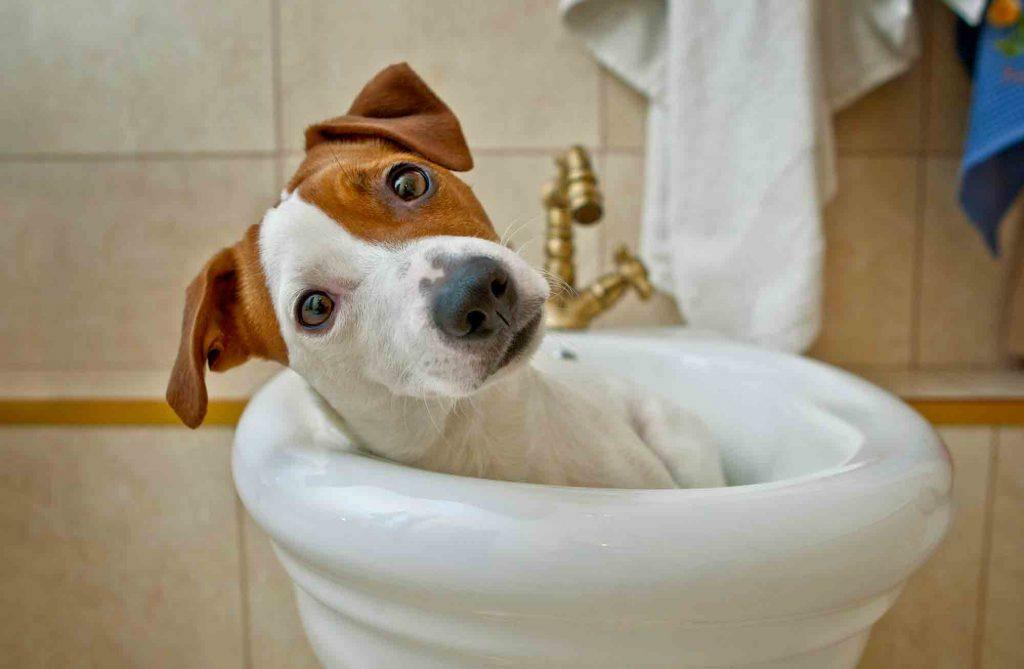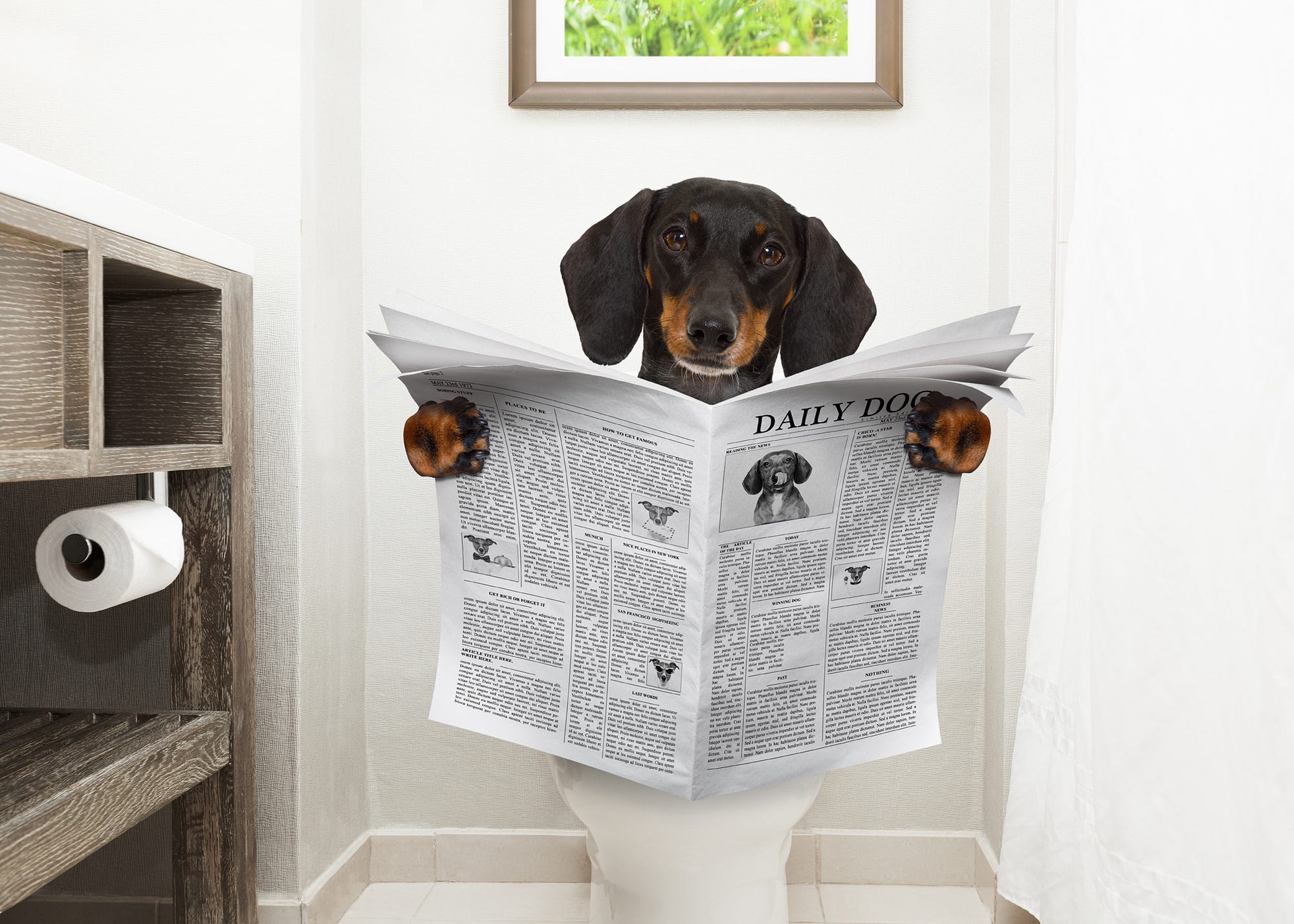Factors Why You Ought to Never Dispose of Animal Waste Down the Toilet
Factors Why You Ought to Never Dispose of Animal Waste Down the Toilet
Blog Article
How do you really feel in regards to 4 Reasons Why Dog Poop Cleanup is Important?

When it involves getting rid of waste, particularly animal waste, lots of people typically consider the convenient alternative of flushing it down the commode. Nonetheless, this relatively simple service can have serious consequences for the atmosphere and public health. In this write-up, we'll check out why flushing pet waste down the bathroom is a poor idea and give alternate approaches for appropriate disposal.
Intro
Appropriate garbage disposal is critical for keeping environmental sustainability and public health. While it might seem harmless to purge animal waste down the commode, it can bring about different problems, both for the setting and human health.
Threats of flushing animal waste
Ecological effect
Purging animal waste presents harmful bacteria and microorganisms right into rivers, which can adversely influence water environments. These pathogens can pollute water resources and harm aquatic life, interrupting fragile ecological communities.
Public health problems
Animal waste contains dangerous microorganisms such as E. coli and Salmonella, which can pose serious health risks to human beings. Purging pet waste down the toilet can infect water products, resulting in the spread of diseases and infections.
Alternatives to flushing
Rather than flushing pet waste down the bathroom, there are several different disposal techniques that are extra eco-friendly and sanitary.
Composting
Composting pet waste is an environmentally friendly means to dispose of it. By composting, organic matter is broken down into nutrient-rich dirt, which can be utilized to feed gardens and plants.
Landfill disposal
Taking care of pet waste in a garbage dump is one more option. While not as environmentally friendly as composting, it is a much safer option to flushing, as it stops the contamination of water sources.
Family pet waste disposal systems
There are specific pet garbage disposal systems offered that securely and hygienically get rid of animal waste. These systems frequently utilize enzymes to break down waste and get rid of odors.
Actions to correct animal waste disposal
To make certain correct disposal of pet waste, comply with these actions:
Scooping and nabbing waste
Frequently scoop and bag pet waste using eco-friendly bags. This avoids waste from infecting the environment.
Utilizing designated waste bins
Dispose of bagged pet waste in marked waste bins, such as compost bins or garbage dump bins. Prevent flushing it down the bathroom in any way costs.
Cleaning up can and pet locations consistently
Consistently clean litter boxes and animal areas to stop the buildup of waste and germs. Usage pet-safe cleaning products to maintain health.
Benefits of correct disposal methods
Taking on proper disposal methods for animal waste supplies a number of advantages:
Decreased environmental pollution
Proper disposal techniques reduce the threat of environmental pollution, safeguarding rivers and environments from contamination
Minimized danger of water contamination.
By preventing flushing animal waste down the toilet, the threat of water contamination is dramatically decreased, securing public health.
Enhanced hygiene and hygiene
Correct disposal approaches promote better cleanliness and health, developing a more secure environment for both human beings and animals.
Conclusion
Finally, flushing pet waste check here down the commode is dangerous to the atmosphere and public health. By embracing different disposal approaches and adhering to proper waste administration practices, we can minimize the negative impact of pet waste and contribute to a cleaner, healthier planet.
What To Do With Dog Poo – The Do's And Don'ts Of Disposing Of Faeces
Dog poo bins
Some councils provide dedicated dog waste bins in popular dog-walking areas that can take dog poo that has been bagged but you can legally dispose of dog waste in any public litter bin, as long as it is securely bagged. This also applies to your wheelie bin at home.
Do not flush
Water companies do not recommend flushing dog faeces down the toilet because certain parasites can survive the water processing treatment and are potentially harmful to humans. You should also never consider flushing dog poo that has been bagged down the toilet as the bags will not break down and instead create severe blockages in the sewage system.
In the woods
The Forestry Commission promotes a ‘stick and flick’ method for dealing with waste in the woods. This means finding a stick and using it to flick any poo from off the path so that it is out of the way of other walkers. You could also bury it as long as it is not in an area where there might be livestock.
Livestock
Parasites found in dog poo can be transmitted to livestock if they inadvertently eat infected faeces that has been left on grazing land. This could result in the death of sheep or abortion in cattle so you should always make sure you pick up your dog’s waste in fields where livestock could be present.

Consistently clean litter boxes and animal areas to stop the buildup of waste and germs. Usage pet-safe cleaning products to maintain health.
Benefits of correct disposal methods
Taking on proper disposal methods for animal waste supplies a number of advantages:
Decreased environmental pollution
Proper disposal techniques reduce the threat of environmental pollution, safeguarding rivers and environments from contamination
Minimized danger of water contamination.
By preventing flushing animal waste down the toilet, the threat of water contamination is dramatically decreased, securing public health.
Enhanced hygiene and hygiene
Correct disposal approaches promote better cleanliness and health, developing a more secure environment for both human beings and animals.
Conclusion
Finally, flushing pet waste check here down the commode is dangerous to the atmosphere and public health. By embracing different disposal approaches and adhering to proper waste administration practices, we can minimize the negative impact of pet waste and contribute to a cleaner, healthier planet.
What To Do With Dog Poo – The Do's And Don'ts Of Disposing Of Faeces
Dog poo bins
Some councils provide dedicated dog waste bins in popular dog-walking areas that can take dog poo that has been bagged but you can legally dispose of dog waste in any public litter bin, as long as it is securely bagged. This also applies to your wheelie bin at home.
Do not flush
Water companies do not recommend flushing dog faeces down the toilet because certain parasites can survive the water processing treatment and are potentially harmful to humans. You should also never consider flushing dog poo that has been bagged down the toilet as the bags will not break down and instead create severe blockages in the sewage system.
In the woods
The Forestry Commission promotes a ‘stick and flick’ method for dealing with waste in the woods. This means finding a stick and using it to flick any poo from off the path so that it is out of the way of other walkers. You could also bury it as long as it is not in an area where there might be livestock.
Livestock
Parasites found in dog poo can be transmitted to livestock if they inadvertently eat infected faeces that has been left on grazing land. This could result in the death of sheep or abortion in cattle so you should always make sure you pick up your dog’s waste in fields where livestock could be present.

I stumbled upon that piece on Should you flush animal waste down the toilet when doing a search on the web. Liked our article? Please share it. Help other people locate it. I praise you for being here. Please visit our website back soon.
Visit My Site Report this page